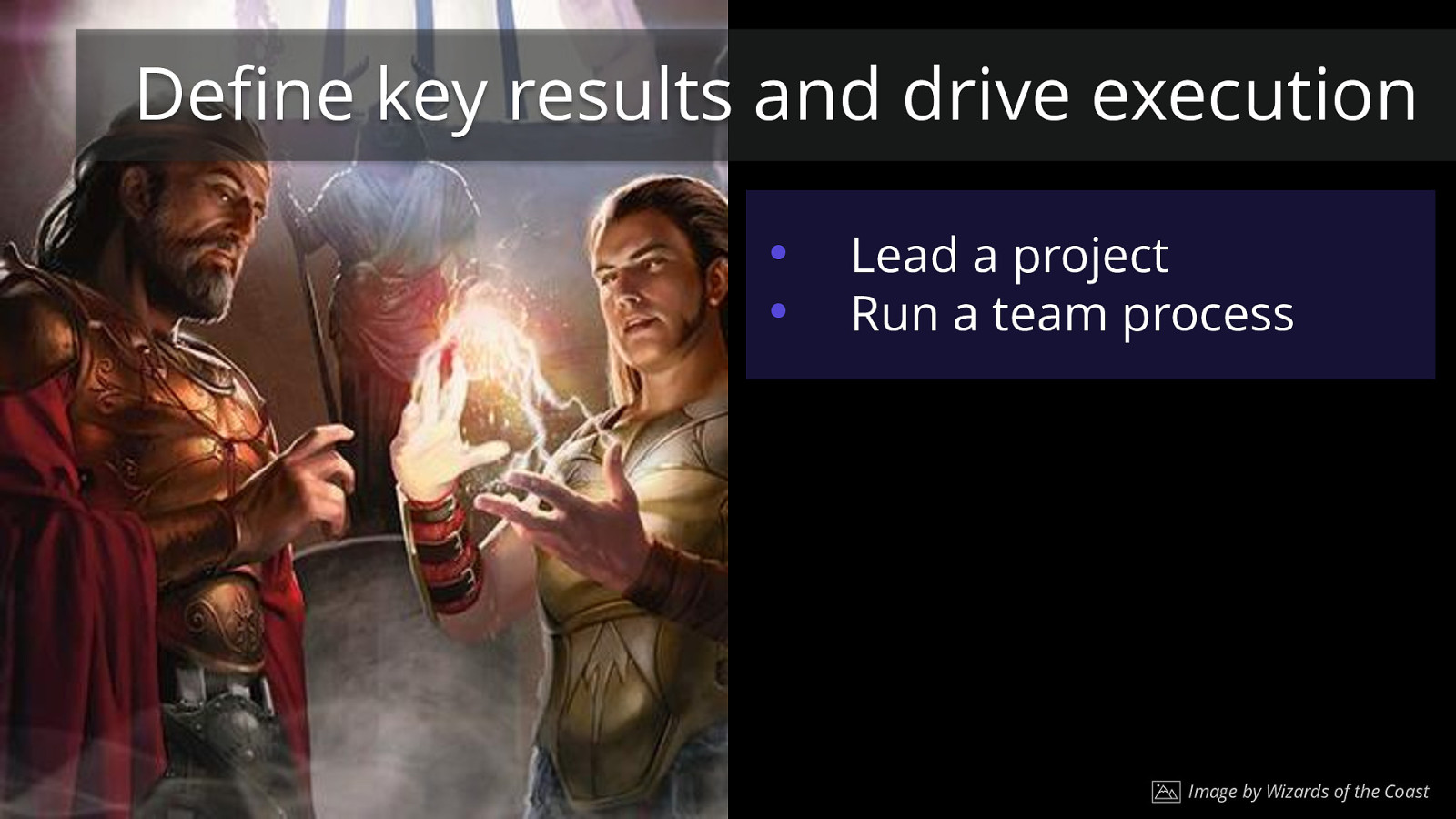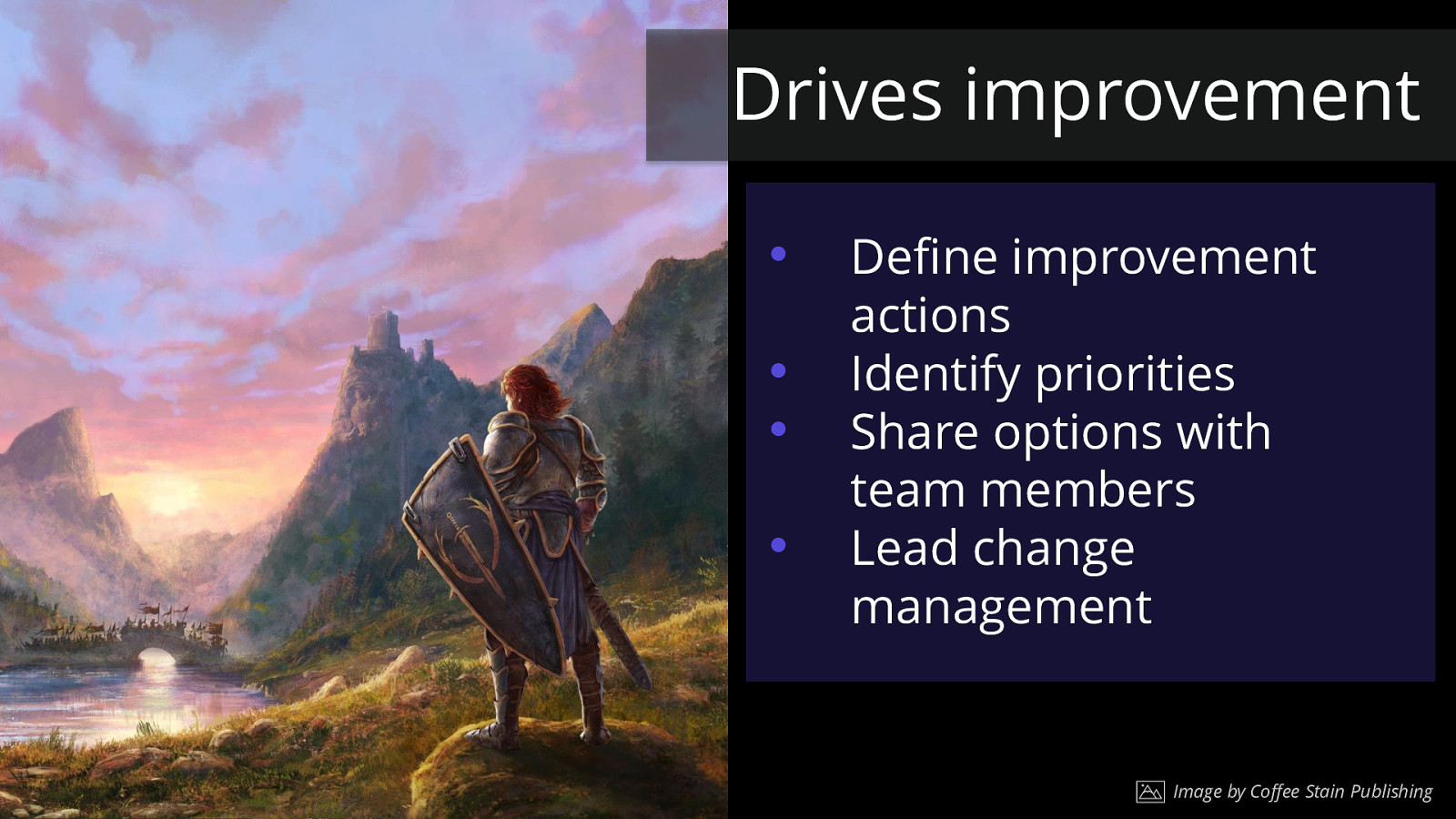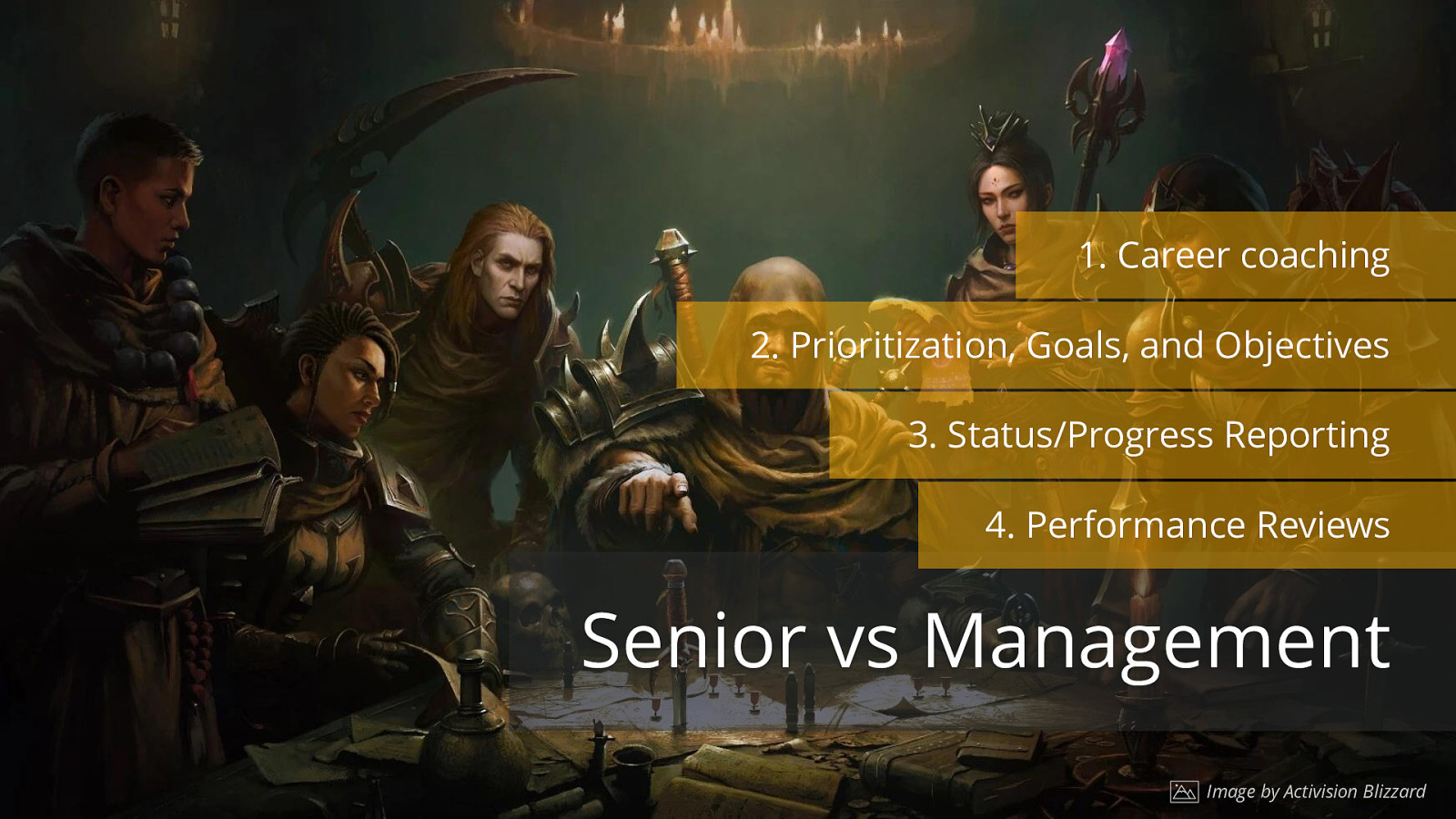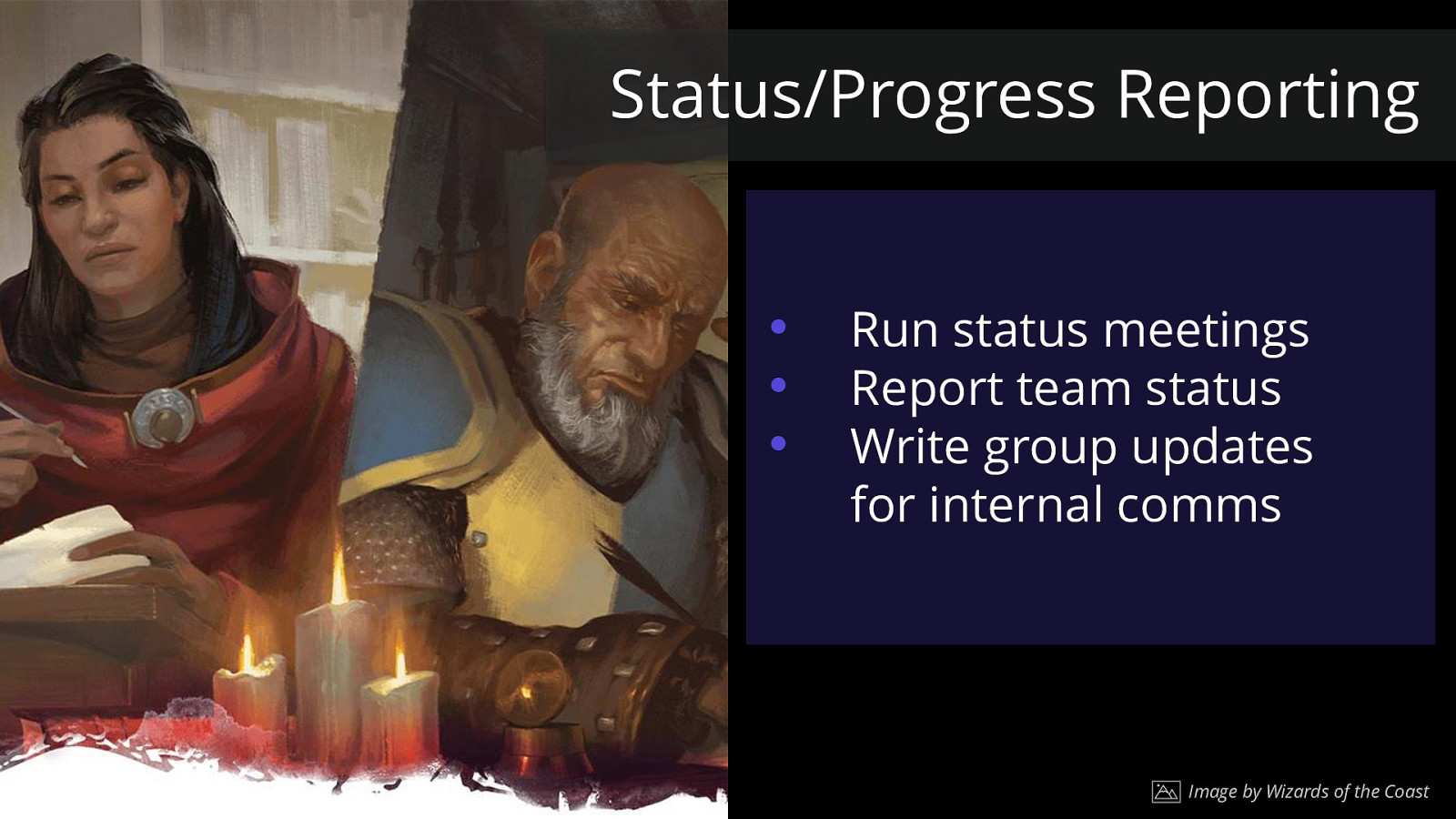Mentoring and Coaching
For example, let’s take the case of mentoring/coaching. As an intermediate-level individual, it can be tough to establish a seniority enough to be doing mentoring or coaching of somebody else. This usually requires you to have junior-level members of the team. If you happen to have some more junior folks, having them help with onboarding the member to the team or working together on a project can be a great way to allow them to practice this skill set.
Another way would be through leveraging their existing expertise. Perhaps they are really good at video production, or copy editing, or doing code reviews. Find a strong-suit of theirs, whatever their superpower is in the team, and encourage them to help other team members on that. This might look like a guide for the other team members, a show-and-tell during a team meeting, or even establishing a review process of ongoing work where they get the opportunity to provide feedback to other team members on that expertise topic.
A third thought here would be using your community. Having them help members of the community work through issues, or answering questions, can be one way that they can establish their ability to take more of a mentoring role.















































